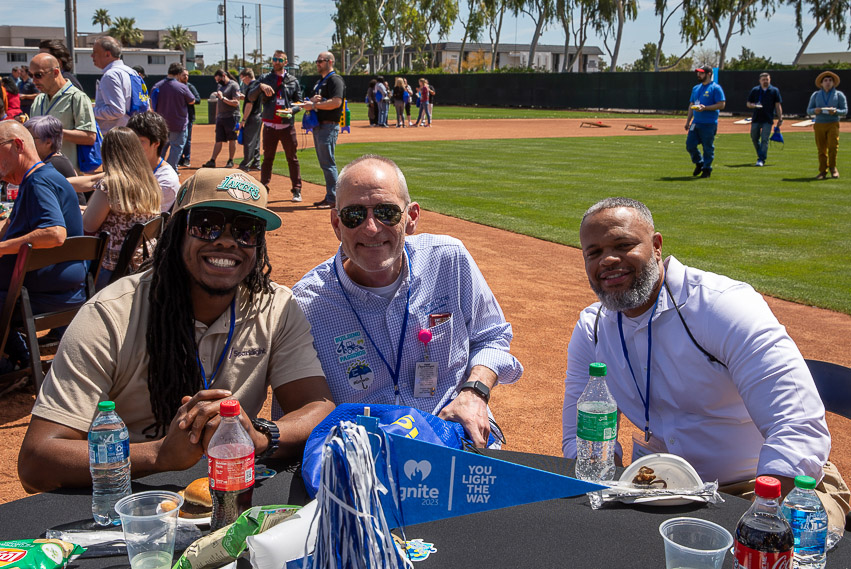
Close Contact
Cable One Talks CABO and
More to Keep Employees in the Loop
By Noah Ziegler
For a company that operates under five brands across a 24-state footprint, Cable One has cemented itself as a leader in the industry when it comes to engaging with its employees. But the path to get there wasn’t straightforward.
Each of those five brands offers a unique “personality” per se, and with field employees making up roughly 1/3 of Cable One’s overall workforce, it means a sizeable portion of the workforce spends most of its time out in the field conducting service calls, installing fiber lines or performing other duties. On top of that, there’s the ongoing mixture of employees working remote and those who continue to go into the office—or both.
With that myriad of factors, Cable One put its internal communications strategy under a microscope. It started 18 months ago when the company restructured its corporate communications team, which included adding communications director and video production manager positions. Once settled, the team went to work with its existing associate blog and moved it to a Sharepoint site in order to enhance navigation and simplify mobile access. To make access even easier, it made table tents with a QR code and sent them to all offices, which led to skyrocketing views and engagement numbers.
“We work to ensure that all of our associates from all of our brands are included in our communications,” Cable One Director, Internal Communications Tammy Gabel says. “If they’re out in the community doing events, those are things that we are featuring. If they have an integration milestone, that’s something that we’re talking about and we’re celebrating those accomplishments right off the bat … hopefully the feeling across the board is that we are one family.”
Next came the video series. “The CABO Connection” was introduced as a monthly program to showcase what was going on in the Cable One world, from associate profiles to community service projects. It was also an additional way for the company to keep its wide breadth of brands connected, and Gabel noted how employees enjoyed seeing the folks they interact with on a daily basis being highlighted on a company-wide basis.
It doesn’t stop there. The company recognized the number of employees who are in the truck during the work day, so it introduced a podcast series “Talk CABO to Me.” The communications and operations teams worked together to finetune these episodes, making them between 15-20 minutes long to accommodate for the average time it takes a technician to travel between jobs.
“What sets Cable One apart is our commitment to always put associates first,” SVP, HR Megan Detz says. “We believe that happy associates lead to happy customers, which is good for business. With that in mind, our associates are at the heart of our decision-making.”
While Cable One is embracing digital platforms to engage with associates, it’s also going “old school” and putting on more in-person events. There was a desire from employees to have face-to-face connections, especially as many were hired in the heat of the pandemic. Thus, Cable One came up with “Ignite,” which is a series of in-person events that brought associates together at various events.
“In our Phoenix office, we’ve started hosting monthly brown bag lunches where we always have representation from the executive team and we do see a lot of organic conversations happening across teams and departments,” Gabel says. “We had some larger events in our ‘bigger hubs,’ and then sent templates and packages to the offices that couldn’t come in for the larger events. Those were really focused on culture and team building.”
Cable One’s relentless pursuit of excellence in internal communications is an example of how a company can stay connected in a fragmented world, and it’ll continue to have its ears open to find new ways it can be there for its employees.